PPT-The DNA Evidence Act, 2016
Author : jalin | Published Date : 2024-02-09
AN OVERVIEW Justice Jennifer Straw OPERATIONAL DAY The Act came into operation on the 1 st of March 2016 The DNA Evidence Act 2016 Appointed Day Notice PURPOSE
Presentation Embed Code
Download Presentation
Download Presentation The PPT/PDF document "The DNA Evidence Act, 2016" is the property of its rightful owner. Permission is granted to download and print the materials on this website for personal, non-commercial use only, and to display it on your personal computer provided you do not modify the materials and that you retain all copyright notices contained in the materials. By downloading content from our website, you accept the terms of this agreement.
The DNA Evidence Act, 2016: Transcript
Download Rules Of Document
"The DNA Evidence Act, 2016"The content belongs to its owner. You may download and print it for personal use, without modification, and keep all copyright notices. By downloading, you agree to these terms.
Related Documents

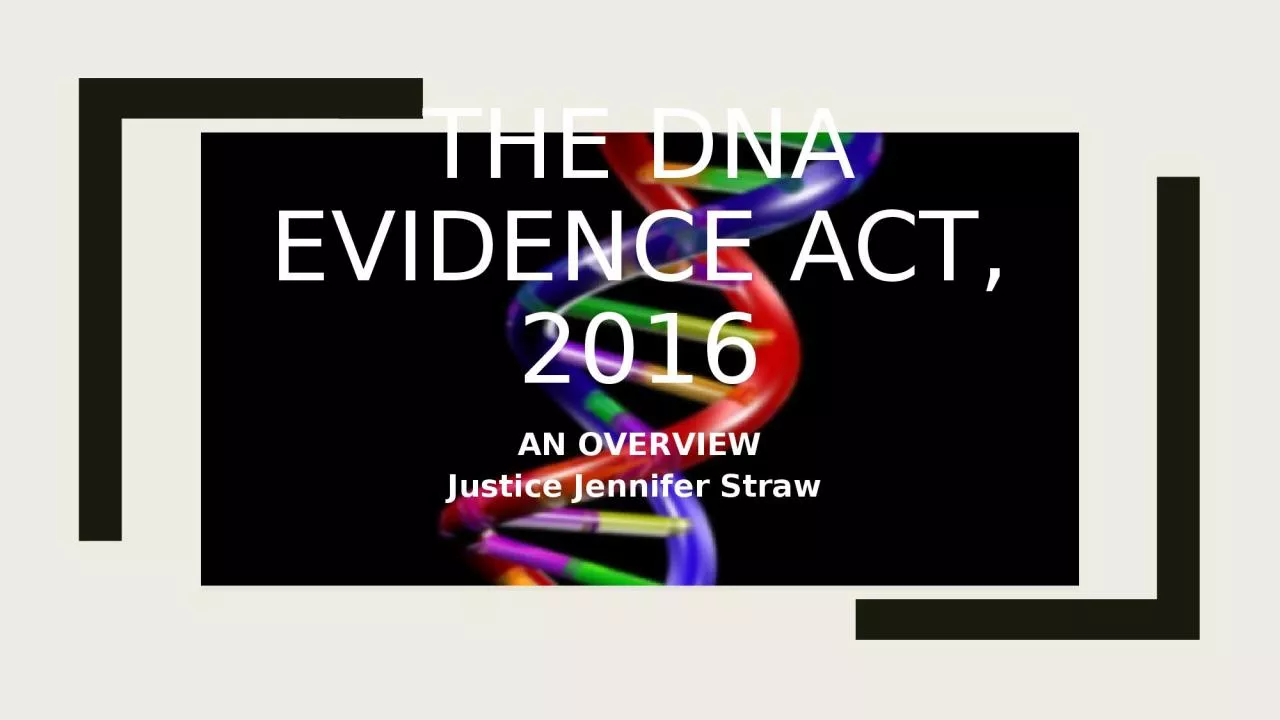
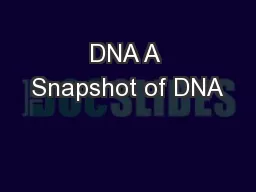
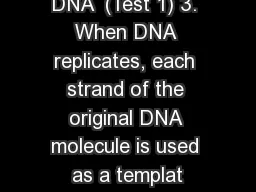



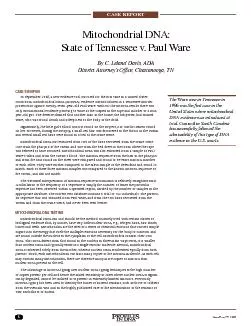
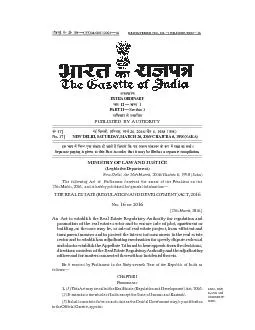
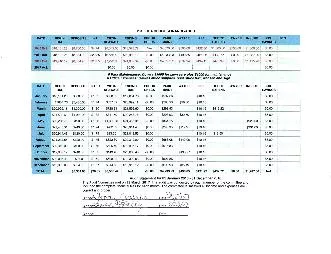
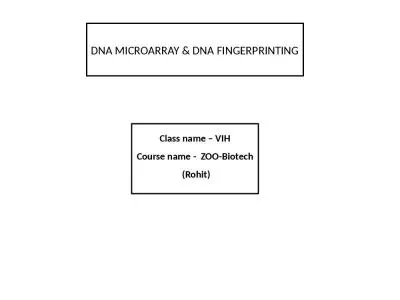
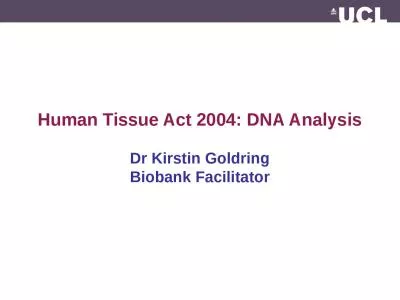
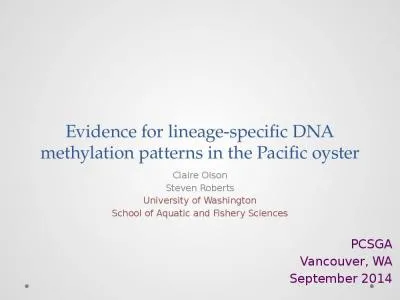
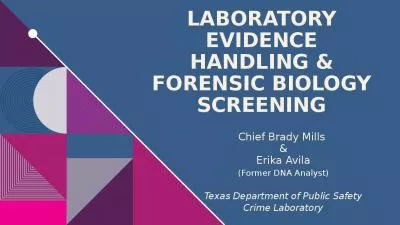
![Foundations for Evidence-Based Policymaking Act [Evidence Act] & the Federal Data Strategy](https://thumbs.docslides.com/1067930/foundations-for-evidence-based-policymaking-act-evidence-act-the-federal-data-strategy-2020-action-plan.jpg)